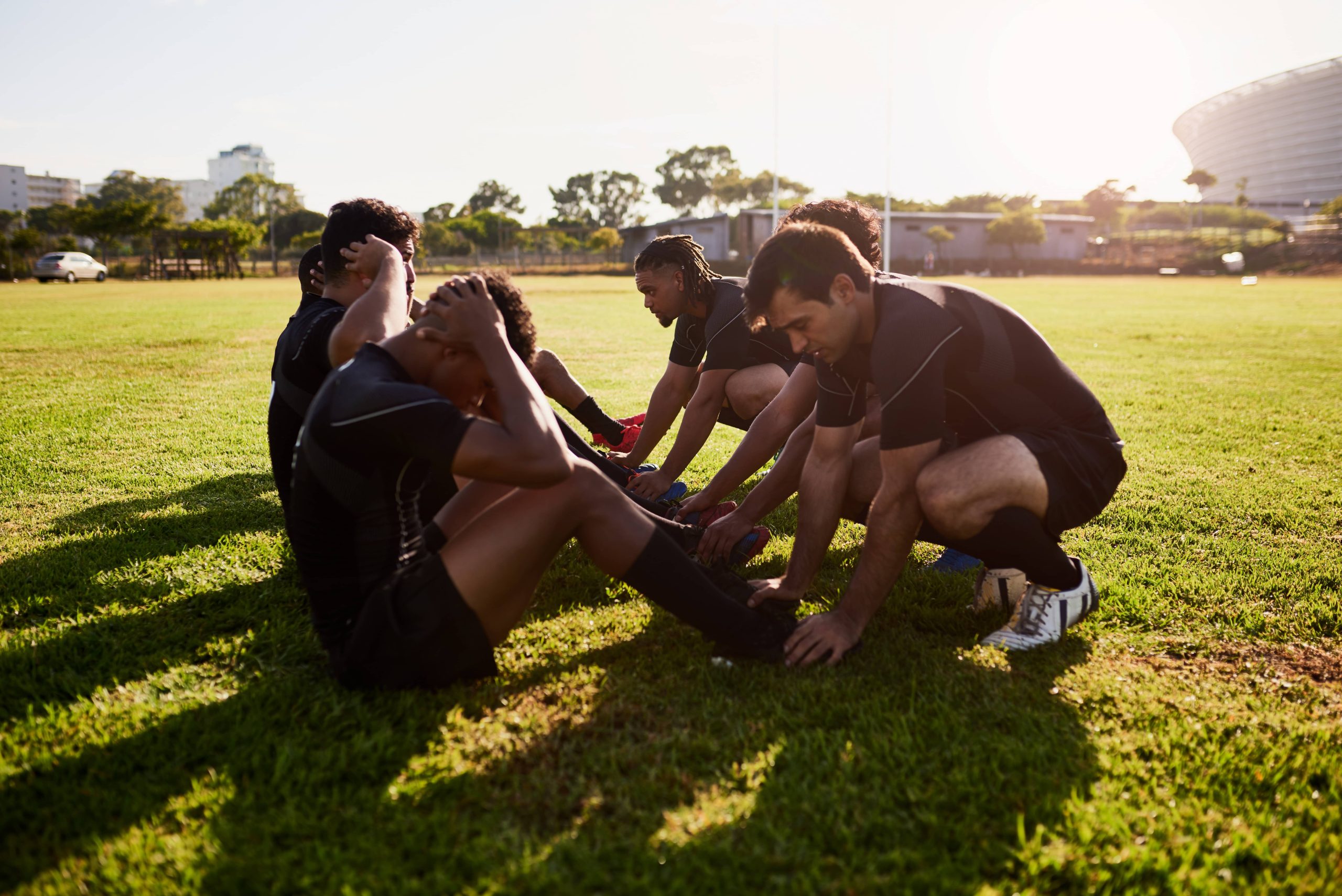
For many cardio enthusiasts, running, cycling, and dancing are not just hobbies—they’re passions. These activities boost cardiovascular health, improve endurance, and even elevate mood. But amidst the rush of endorphins, there’s a crucial component of fitness that often gets sidelined – strength. Strength training not only complements cardiovascular workouts but can significantly enhance performance and reduce injury risk. One of the most balanced approaches to building strength is through yoga. Here’s a look at how incorporating specific yoga poses can help cardio enthusiasts enhance their strength while also improving flexibility and mindfulness.
Understanding the Balance between Cardio and Strength
Cardio workouts are excellent for heart health, increasing stamina, and helping to manage body weight. However, solely focusing on cardio can sometimes lead to muscle imbalances, overuse injuries, and even burnout. This is where yoga comes in. Beyond flexibility and relaxation, yoga provides an often-overlooked aspect-critical strength training. The isometric holds and transitions between movements build core stability and muscular endurance, crucial for supporting vigorous cardio routines.
The Importance of Building Strength
Why do cardio enthusiasts need strength? The answer lies in performance and protection. Strong muscles, particularly in the core and lower body, provide stability and efficiency that allow for better performance in cardio activities. Strength aids in proper posture and biomechanics, which are critical to movements like running and cycling. Additionally, it acts as a protective barrier against injuries. A robust muscle foundation supports joints and can help mitigate the impact and strain placed on them during high-intensity workouts.
Yoga Poses to Enhance Strength
While there are countless yoga poses that build strength, here are several targeted ones perfect for cardio lovers looking to enhance their performance:
1. Plank Pose (Phalakasana)
Why it’s beneficial: The plank is the foundation for building core strength. A strong core improves posture and reduces the risk of injuries during high-impact activities.
Instructions:
– Begin on all fours with your wrists directly under your shoulders.
– Extend your legs back, coming onto your toes.
– Engage your core, glutes, and thighs.
– Keep your body in a straight line from head to heels.
– Hold for 30 seconds to a minute, breathing steadily.
2. Warrior II (Virabhadrasana II)
Why it’s beneficial: This pose strengthens the legs, core, and shoulders, enhancing balance and stamina—key components for efficiency in activities like running and cycling.
Instructions:
– Stand with feet wide apart.
– Turn your right foot out 90 degrees and the left foot in slightly.
– Bend your right knee over the right ankle, keeping the thigh parallel to the floor.
– Stretch your arms out to the sides at shoulder height, palms down.
– Gaze over the right hand.
– Hold for 30 seconds before switching sides.
3. Chair Pose (Utkatasana)
Why it’s beneficial: Chair Pose builds strength in the thighs, calves, and core. This is essential for power generation in activities such as cycling and hill running.
Instructions:
– Stand with feet together or hip-width apart.
– Inhale and raise your arms overhead.
– As you exhale, bend your knees and lower your hips as though sitting back into a chair.
– Keep weight on your heels and your core engaged.
– Hold for 30 seconds to a minute.
4. Downward-Facing Dog (Adho Mukha Svanasana)
Why it’s beneficial: This pose strengthens the upper body and core while stretching the hamstrings and calves, offering both power and flexibility.
Instructions:
– Start on all fours, tuck your toes and lift your hips towards the ceiling.
– Straighten your legs as much as comfortable, keeping a slight bend if needed.
– Press your hands into the mat, engaging your arms and shoulders.
– Hold for several deep breaths.
5. Bridge Pose (Setu Bandhasana)
Why it’s beneficial: Bridge pose strengthens the back, glutes, and hamstrings. It’s a great counterpose to forward-bending activities and improves pelvic stability.
Instructions:
– Lie on your back with knees bent, feet hip-width apart.
– Place your arms alongside your body, palms facing down.
– On an inhale, lift your hips toward the ceiling.
– Engage your core and squeeze your glutes.
– Hold for 30 seconds to a minute before lowering down.
6. Boat Pose (Navasana)
Why it’s beneficial: This pose is excellent for building core strength and balancing, promoting endurance and stability for longer cardio sessions.
Instructions:
– Sit on the ground with knees bent and feet flat.
– Lean back slightly and lift your feet off the floor, balancing on your sit bones.
– Extend your arms forward parallel to the floor.
– Hold for 30 seconds, focusing on engaging your core.
Mind-Body Connection
Beyond physical benefits, yoga contributes significantly to the mental aspect of sports. It teaches mindfulness and breathing techniques that can be employed during strenuous cardio workouts. Learning to control your breath can help manage heart rate and energy expenditure during intense sessions. Moreover, the practice of mindfulness helps increase focus and resilience, essential traits for athletes to persevere through challenging workouts and races.
Integrating Yoga into a Cardio Routine
For cardio enthusiasts, it might feel overwhelming to add yet another workout to their schedule. However, integrating yoga doesn’t mean long, time-consuming sessions. Even dedicating 10-15 minutes post-cardio a few times a week can yield substantial benefits. Start with a simple flow of poses—perhaps beginning with Plank Pose and ending with a refreshing Downward Dog—and gradually build your routine based on personal goals and needs.
Conclusion
Yoga should be seen as a complementary training component for those who thrive on cardio. It builds and maintains strength essential for supporting your cardiovascular activities, reduces injury risk, and enhances overall athletic performance. Embrace yoga not just as a workout, but as a holistic approach to strengthen both the body and the mind. By investing time in this ancient practice, you’re setting a foundation for sustainable health and peak performance in your cardio pursuits. So, roll out your mat, take a deep breath, and begin integrating these poses into your routine for a stronger, more balanced athlete within you.











